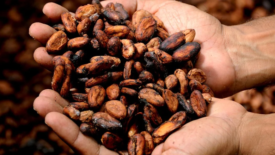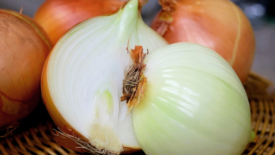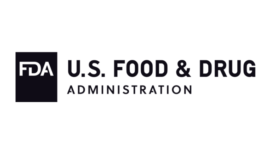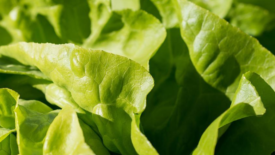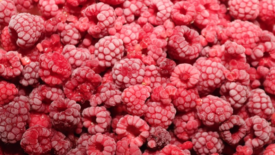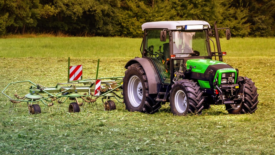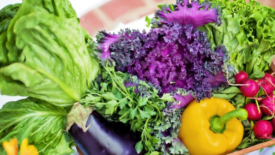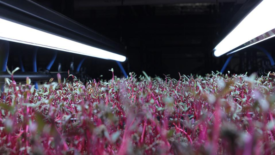Produce
Strategies to Reduce Clostridium botulinum Risk in Fresh-Cut Produce
Increasing consideration of C. botulinum as a potential pathogen of concern is emerging for fresh-cut vegetables, fruits, and mushrooms
August 15, 2022
Never miss the latest news and trends driving the food safety industry
eNewsletter | Website | eMagazine
JOIN TODAY!Copyright ©2024. All Rights Reserved BNP Media.
Design, CMS, Hosting & Web Development :: ePublishing
